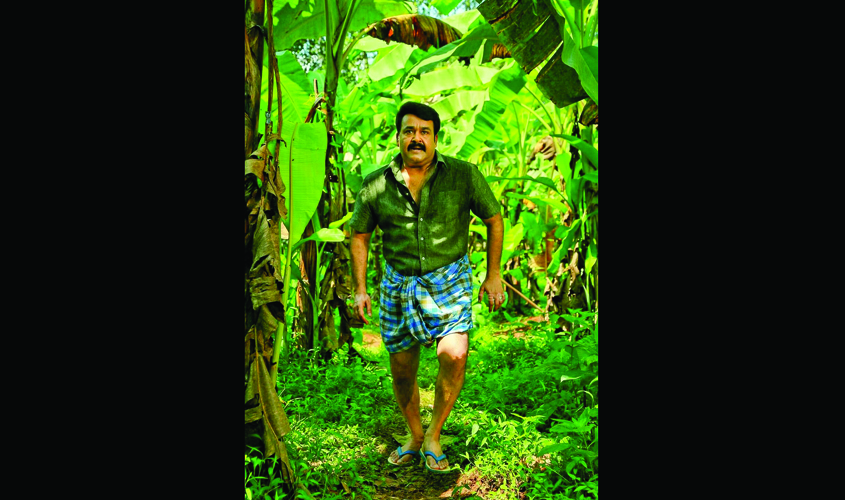Vetrimaaran’s Kaaka Muttai and Visaranai, Alphonse Puthren’s Premam, Lijo Jose Pellissery’s Angamaly Diaries, Pawan Kumar’s Lucia and U-Turn and Ravikanth Perupu’s Kshanam, are just some of the films that the pan-Indian audience has loved in recent years. So what makes these films successful? Firstly, these movies are not your run-of-the-mill commercial, macho hero, three-song, two-heroine films. Many of these films have done away with the song-and-dance routine as well. Secondly, they have strong scripts with a focus on a story that finds universal appeal. There is no sense of déjà vu for the audience as there are no masala elements, and the narratives and actors are fresh.
Director Pawan Kumar was one of the first people in south India to adopt the crowd-funding route to make Kannada film Lucia, which went on to become a worldwide blockbuster. “I think in smaller films the focus is always on content. All these films have stronger content and content has always won. With Lucia, for instance, we didn’t focus on whom we cast but on what the content was. When you have a big budget, the focus is on casting stars and then the whole film revolves around them. But when you don’t have money, you are banking on the script and that’s why the audience probably finds a connect with the film,” says Pawan.
Director B.S. Pradeep Varma, of Kannada film Urvi fame, concurs with this view. He says, “It’s like a lost civilisation waking up to its glory. South Indian films have always strived to deliver the quality [content]. While they got carried away in between for some time, they have realised that they are the phoenix indeed by delivering and making universal subjects than concentrating on particular genres. These films are slowly entering the pulse of a common man and tuning him into the revolution.”
Another important aspect is that actors in the south film industry are now working across all the south languages, i.e. Tamil, Kannada, Malayalam, Telugu. This has helped filmmakers strive to get the casting right for these films as well—no longer are actors cast just because of their popularity but because of their talent. And they don’t need to look at stars to make their films successful.
Actress Sharddha Srinath is working in all the south film industries and has been part of many successful films like U-Turn and Vikram Vedha. “I feel more realistic films that are rooted in their nativity are being made today in south India. The rest of India has stereotyped the south for the longest time and the above-mentioned films show a more real picture of the south and therefore are appreciated by everyone pan-India,” she opines.

Over the last five years, the Indian audience has had much more exposure to international cinema and films from across Indian languages thanks to the numerous film festivals and access to films through the Internet. Today, South Indian filmmakers are subtitling nearly all films in English for a pan-Indian release. With this initiative, they have been able to widen their market both locally and internationally.
Music director Prashant Pillai is known for his films like Angamaly Diaries, Shaitan, Amen and ‘Solo’. According to him, movies like Angamaly Diaries and Premam connect with people across different languages because they tell simple stories. “Because of the simplicity, filmmakers find an innovative way to present it. Which is why the Indian and global audience looks upto small regional cinema—for their novelty. This novelty comes from not having a lavish budget and cast. When you work under such stringent limitations, you have your creativity working ten times more. This is what happened with Angamaly Diaries directed by Lijo Jose Pellissery. There was a conscious effort that by the filmmakers that we will make a small film and we will crack the idea of delivering a good film with no star cast and no bells and whistles. That has what has stood out,” explains Prashant.
Malayalam superstar Mohanlal’s Drishyam was a box office success in India and went on to be remade successfully in Tamil, Telugu, Kannada and Hindi as well. And this is the case of several other small south Indian films as well. Telugu film Kshanam, for instance, is being remade in Hindi with Salman Khan, Tabu and Nawazuddin Siddiqui.
Concludes Prashant Pillai, “What is happening with Malayalam cinema is similar to what is happening with Korean cinema. Why do we look upto Korean cinema? It’s such a small industry but in that confined, restricted mode of storytelling, their films have got novelty in terms of presentation. That novelty has got hardcore experimentation. That experimentation is backed with fearlessness and that is what I think Malayalam cinema is undergoing.”
With focus on scripts and experimentation in small films in the south film industry, the Indian audience is eagerly lapping up this new trend in cinema and also pushing south Indian filmmakers to get more creative.

